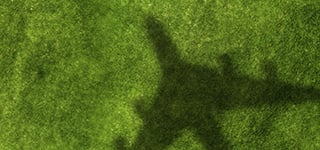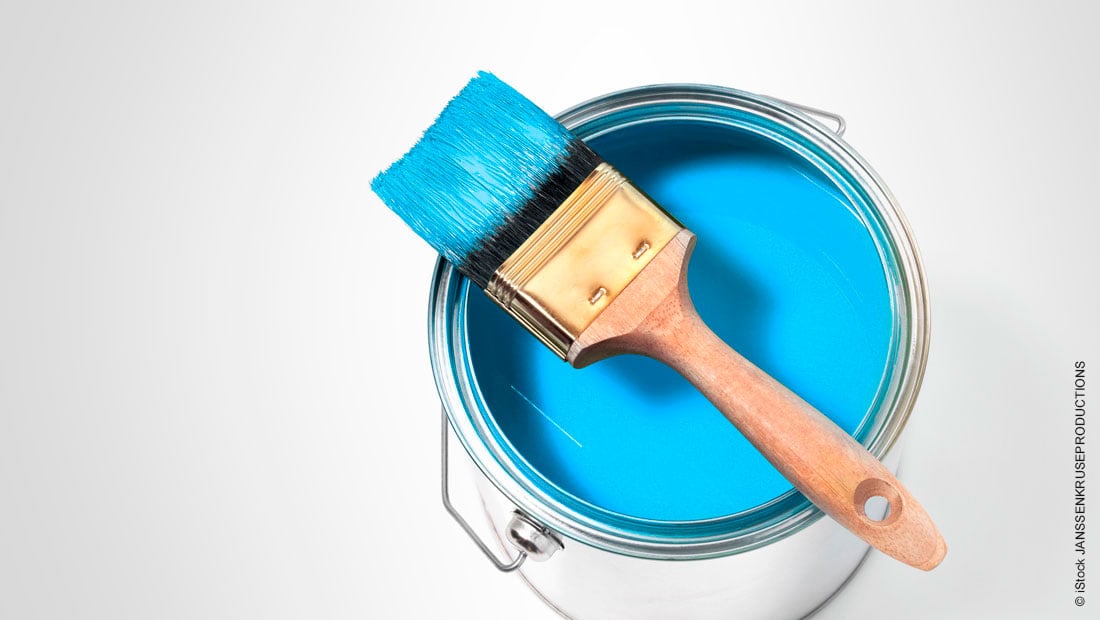
Manufacturers of paints and coatings are often confronted with the question of alternatives for certain raw materials. There are many reasons for this, ranging from changes in legal regulations to new market requirements. On the one hand, alternative products should have similar properties; on the other hand, the new supplier should offer high-quality products as well as reliable and comprehensive service. Two raw materials in the paints and coating sector are repeatedly the subject of critical discussion. Here you can read why this is the case and what alternatives there are to toluene and xylene.
Solvents - important raw materials for paints and coatings
Solvents are a key raw material in the → paint and coatings industry's products - more than half of all solvents are used in this industry. However, as in many other sectors of the economy, manufacturers must rely on new technologies and formulations due to changes in regulations and laws, and reassessments of substances and products.
Market requirements with regards to → sustainability, occupational safety and environmental protection play an increasingly important role. For the paints and coatings sector, solvents of suitable quality must above all
- be free from harmful aromatic compounds such as benzene
- have a consistent purity and
- do not contain unsaturated compounds.
Toluene and xylenes – in which applications are they used?
Solvents of different chemical origins are important basic materials, for example for
- wall paints,
- plasters,
- facade paints,
- plastic lacquers and coatings,
- surfaces for medical products,
- protective,
- insulating or conductive lacquers.
→ Toluene and → xylenes belong to the group of aromatic hydrocarbons and have often been used in paints and coatings due to their high solvency power. Nowadays, the use of these molecules is declining as they are seen as increasingly problematic in terms of environmental compatibility and health.
What are the disadvantages of toluene and xylene?
Toluene and xylene are volatile organic compounds (VOCs) that can cause air pollution and have harmful effects on the atmosphere when they evaporate. In addition, toluene and xylene are known to cause health risks in humans such as headaches, dizziness and, in the longer term, even damage to the liver and kidneys.
Health concerns and the desire to offer more environmentally friendly products have led to a decline in the use of these solvents. Manufacturers and consumers are therefore increasingly looking for safe and environmentally friendly alternatives to toluene and xylene.
Stay informed with our Blog!Subscribe to our blog and benefit from regular information on sustainable hydrocarbons, research & development and supply chain management: |
What are the alternatives to toluene and xylene?
Manufacturers are searching for an adequate substitute in terms of chemical and physical properties, quality and availability. The requirements of the end products are the main driver. For example, a high dissolving power is not necessary for every application. Suppliers with a customer-orientated consulting and service will cater for your needs.
If you are looking for alternatives to toluene and xylene, the following molecules are available depending on the application:
→ Cyclohexane, Methylcyclohexane
They are also called naphthenes or naphthenic solvents and are obtained by hydrogenation of benzene and toluene. The dissolving power is significantly lower, but sufficiently good for saturated compounds - this can be adjusted by changing the formulation.
→ n-Heptane, → n-Octane
These paraffins are indispensable for many special applications, such as plastics that would swell or dissolve when xylene or naphthene-based paints are used for coatings. The positive compatibility with plastics strengthens the case to switch to → n-heptane and → n-octane.
→ iso-Octane
This paraffin is often used as an aromatic-free substitute in thinners for paints and coatings or as a medium for cleaning brushes and tools. When used in a paint, the steady evaporation ensures an even result.
Pure paraffins for precisely controllable reactions
Acrylic paints such as traditional wall paints are based on a dispersion of plastic polymers in water. The base of the paint must have both water-friendly and water-repellent properties in order to be able to incorporate all components of the formulation. To achieve this, the polymer is first prepared in a water/iso-octane emulsion of acrylic esters. The paraffin is removed and then the polymer is further built up with water-soluble components. This gives both desired properties in one molecule.
Bio-based or renewable raw materials are also an important key technology for more sustainable paints and coatings. Forward-thinking suppliers also conduct research in this field and continue to develop their products in the area of sustainability.
Find out more:
- Haltermann Carless' solvents for the paints, coatings and adhesives industry
- Ecobase - a fossil-free portfolio based on 100% renewable feedstock that makes a significant contribution to CO2 reduction
- Haltermann Carless' sustainable portfolio development
Conclusion
Despite their effectiveness, the solvents toluene and xylene have considerable disadvantages, particularly with regard to environmental and health compatibility. In the search for a substitute for toluene and xylenes, suppliers of high-purity paraffins can be a good choice. The following product qualities are important:
- Free of harmful aromatics
- No unsaturated compounds
- High purity of 95 % and 99 %
- Consistent quality
Pay attention to your new supplier's performance in terms of availability and reliability, as well as further → service. Actively enquire about the following:
- Production warranty
- Certifications
- Quality Control
- Delivery Promise
- Flexibility with regard to individual needs
- Assistance with regulatory approvals
This blog has initially been published in September 2020.
We are happy to advise you on an alternatives to toluene and xylenes. Please contact us!

























